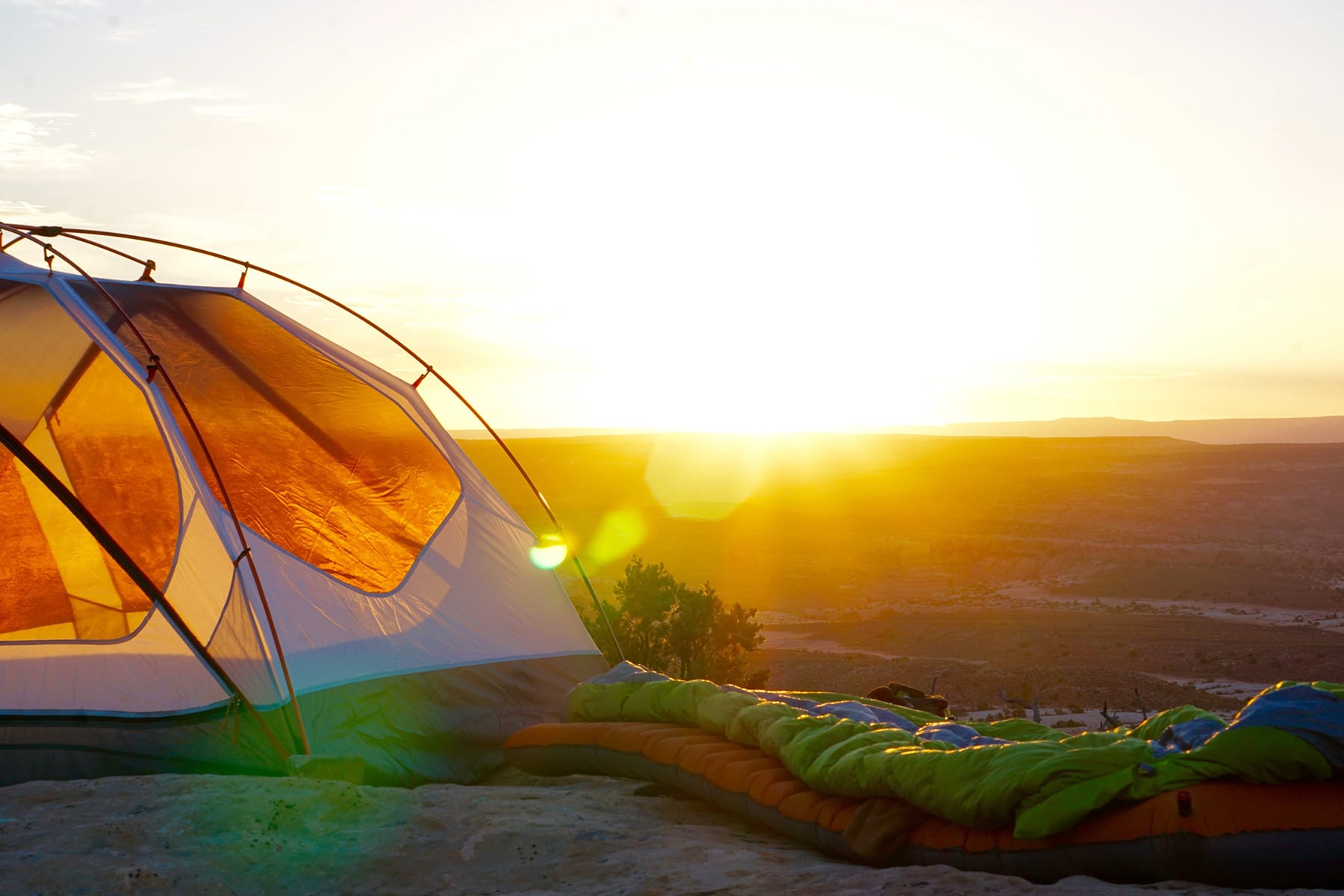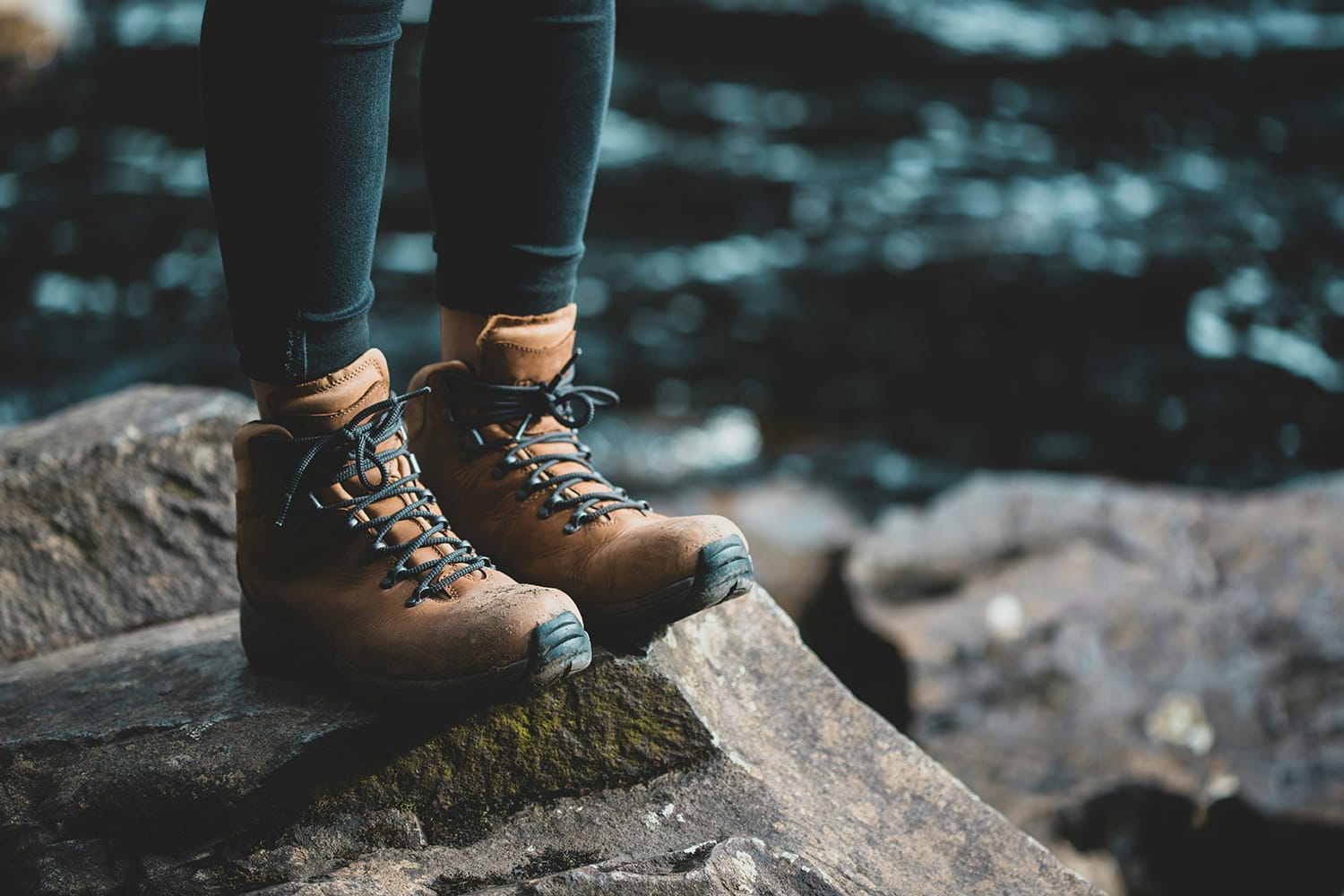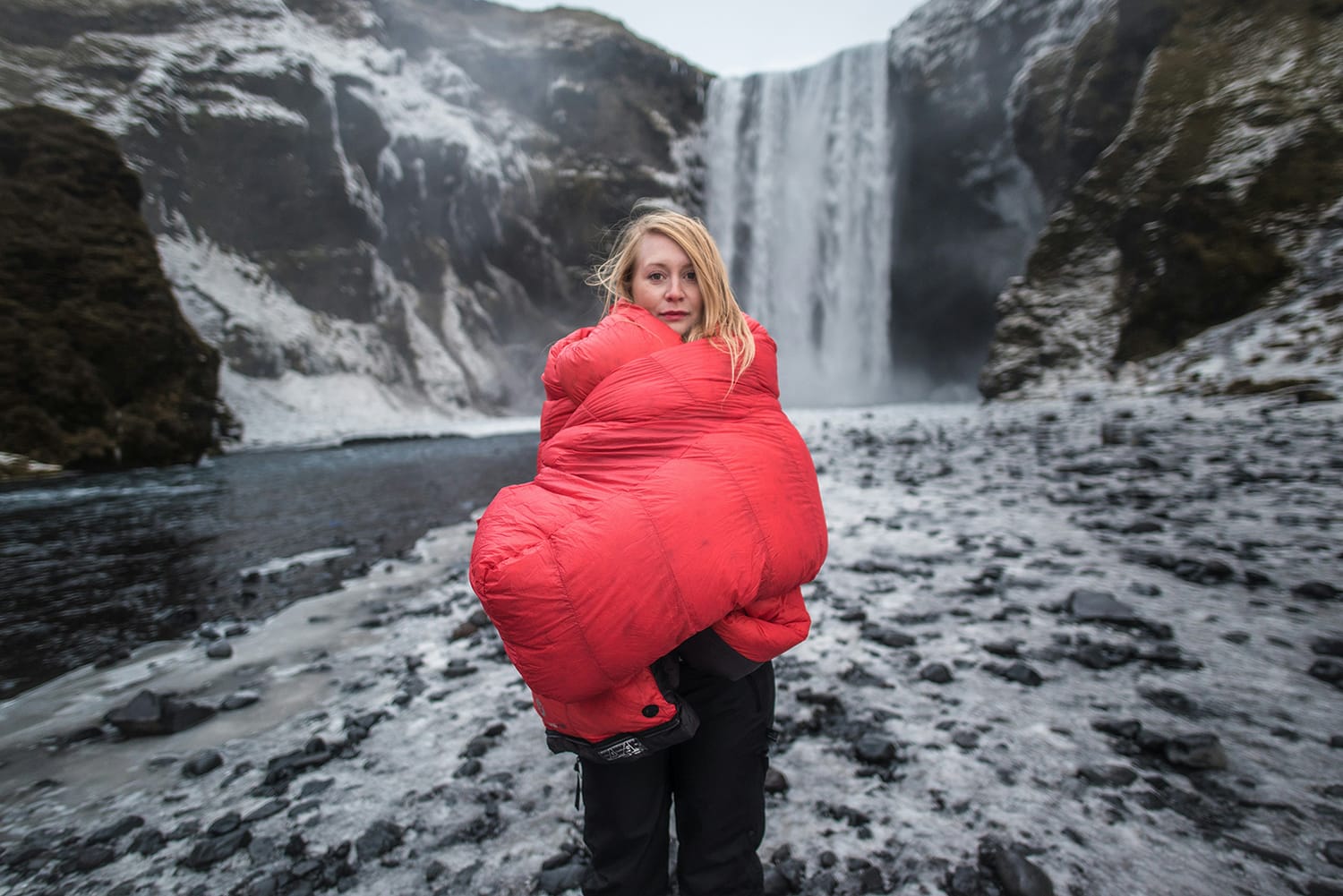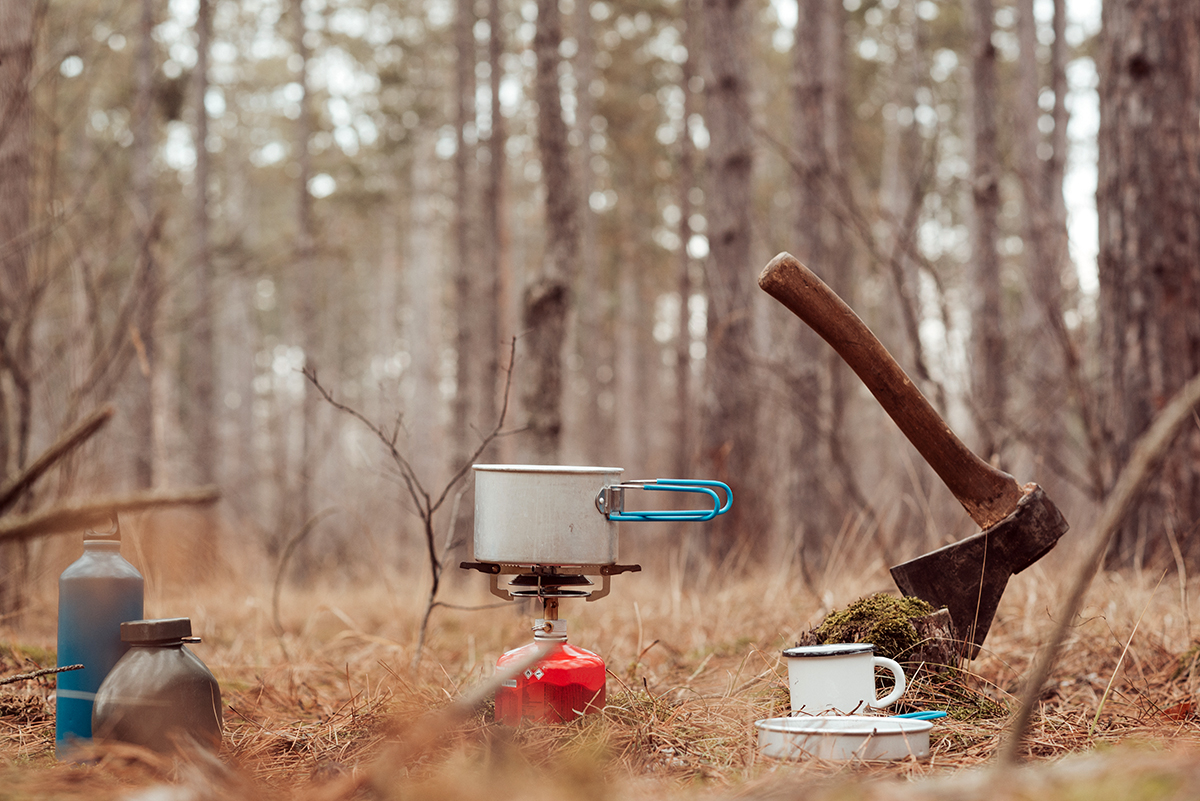When it comes to choosing a sleeping bag or jacket for your next outdoor adventure, one of the most important decisions you’ll need to make is whether to go for a down or synthetic fill. Both types of insulation have their own unique advantages and disadvantages, and the choice you make will depend on a variety of factors, including your budget, the conditions you’ll be facing, and your own personal preferences. In this article, we’ll explore the differences between down and synthetic insulation, and take a look at the pros and cons of each option to help you make an informed decision.
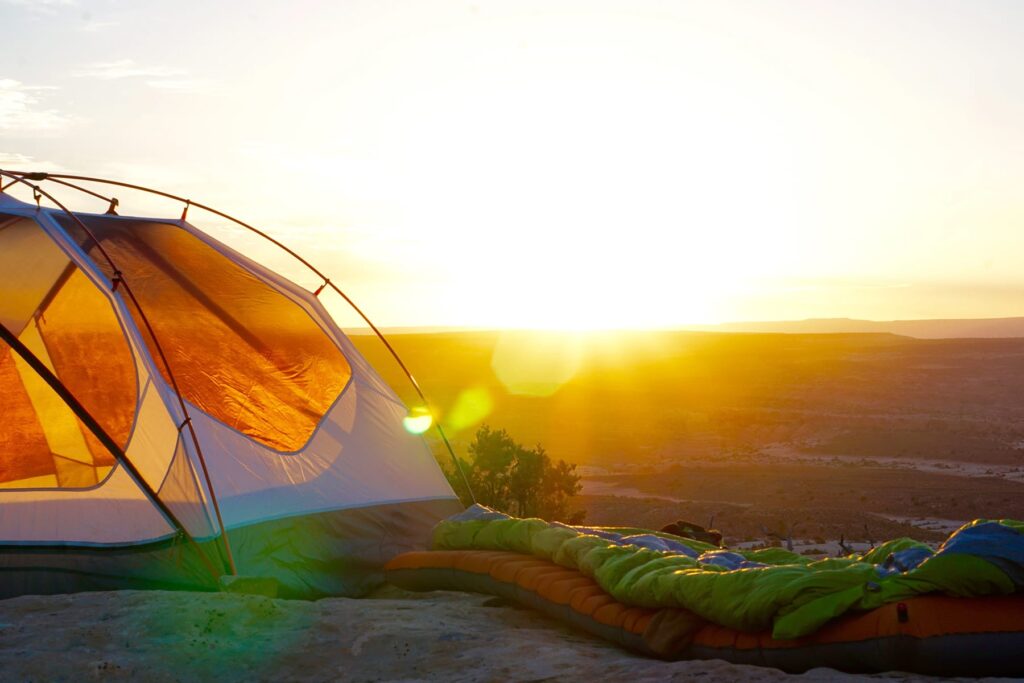
Duck and Goose Down
The warmth-to-weight ratio of down is one of its key advantages. Down is an extremely warm and lightweight material for sleeping bags and jackets because of its exceptional capacity to trap and retain body heat. Additionally, it is quite collapsible, making it simple to carry and pack. Additionally, down is a natural material that is breathable and moisture-wicking, assisting in temperature regulation and user comfort.
Down, however, has a few disadvantages as well. The fact that it can lose its insulating qualities when it becomes wet is one of the biggest disadvantages. When down is damp, it becomes heavy and congeals, which lowers its capacity to trap and hold heat. If you are camping in damp or humid weather, it can also take a while for it to dry. Additionally, down can cost more than synthetic fill, particularly if you want premium down with a high fill power rating.
Positives
- High warmth-to-weight ratio: Down insulation is highly compressible and lightweight, making it an excellent choice for backpacking and other activities where weight is a concern.
- Longevity: With proper care and maintenance, down insulation can last for many years.
- Superior warmth: Down provides excellent warmth for its weight, making it a popular choice for extreme cold weather.
- Compressibility: Down is highly compressible, allowing for easy packing and storage.
Negatives
- Moisture sensitivity: When wet, down insulation loses its loft and ability to retain warmth. It can take a long time to dry out.
- Expensive: High-quality down insulation can be expensive compared to synthetic insulation.
- Ethical concerns: The production of down can raise ethical concerns related to animal welfare.
- Allergies: Some people may be allergic to down.
Summary
The warmth-to-weight ratio of down is one of its key advantages. Down is an extremely warm and lightweight material for sleeping bags and jackets because of its exceptional capacity to trap and retain body heat. Additionally, it is quite collapsible, making it simple to carry and pack. Additionally, down is a natural material that is breathable and moisture-wicking, assisting in temperature regulation and user comfort.
Down, however, has a few disadvantages as well. The fact that it can lose its insulating qualities when it becomes wet is one of the biggest disadvantages. When down is damp, it becomes heavy and congeals, which lowers its capacity to trap and hold heat. If you are camping in damp or humid weather, it can also take a while for it to dry. Additionally, down can cost more than synthetic fill, particularly if you want premium down with a high fill power rating.
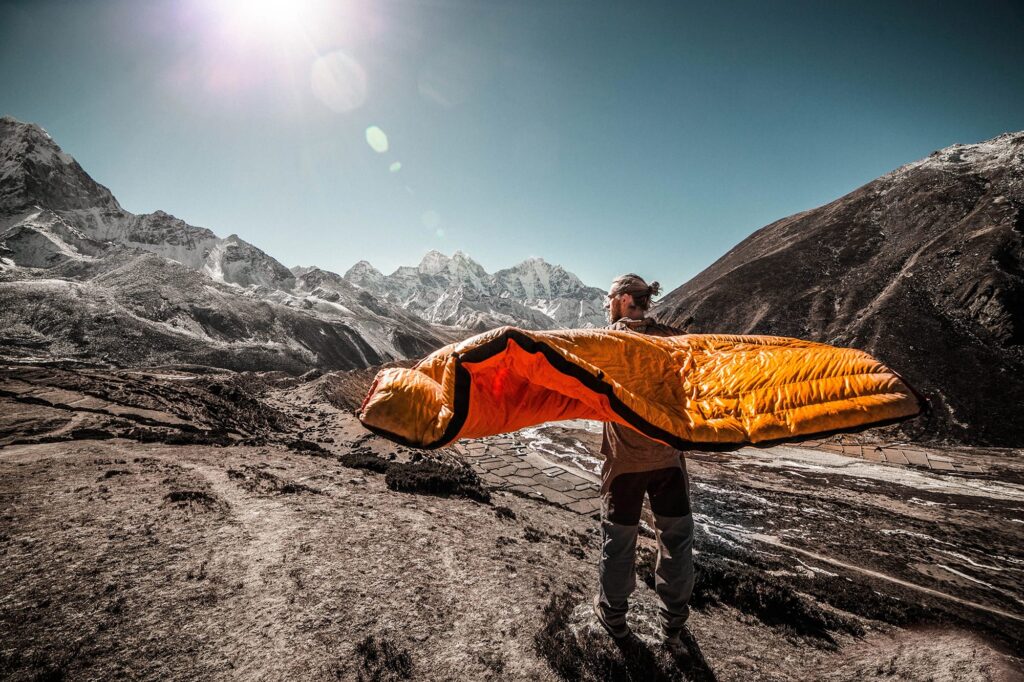
Synthetic Insulation
In contrast to down, synthetic fill offers a few key advantages and disadvantages. The fact that synthetic fill is more moisture resistant than down is one of its key advantages. It keeps its insulating qualities after being wet, making it an ideal choice for usage in moist or humid environments. In general, synthetic fill is less expensive than down and is simpler to maintain.
Synthetic fill, on the other hand, is less compressible and less warm than down. It can be less comfortable to wear for extended periods of time because it is not as breathable or moisture-wicking as down. Synthetic fill also does not last as long as down and eventually loses its insulating qualities.
Positives
- Synthetic insulation performs better than down in wet conditions, as it retains its insulating properties even when wet.
- Synthetic insulation is generally less expensive than down, making it a more budget-friendly option.
- Synthetic insulation is hypoallergenic, making it a good choice for people with allergies or sensitivities to down.
- Synthetic insulation dries faster than down, which can be beneficial on multi-day trips where gear needs to be dried quickly.
Negatives
- Synthetic insulation is generally heavier and bulkier than down for the same warmth rating, making it less packable.
- Synthetic insulation has a shorter lifespan than down and can lose its loft over time, which can reduce its insulating properties.
- Synthetic insulation does not compress as well as down, making it more difficult to pack in a small backpack.
- Synthetic insulation can be less breathable than down, which can result in a clammy feeling during high-intensity activities.
Summary
In conclusion, each type of fill material—down and synthetic—has an own set of advantages and disadvantages. Although down is a warm, light, extremely compressible, and breathable choice, it may be pricey and loses its insulating qualities when it gets wet. While synthetic fill is more cost-effective and moisture-resistant, it is less breathable and moisture-wicking, less warm and lighter than down. Consider your unique demands and priorities when deciding between down and synthetic fill for a sleeping bag or jacket.
